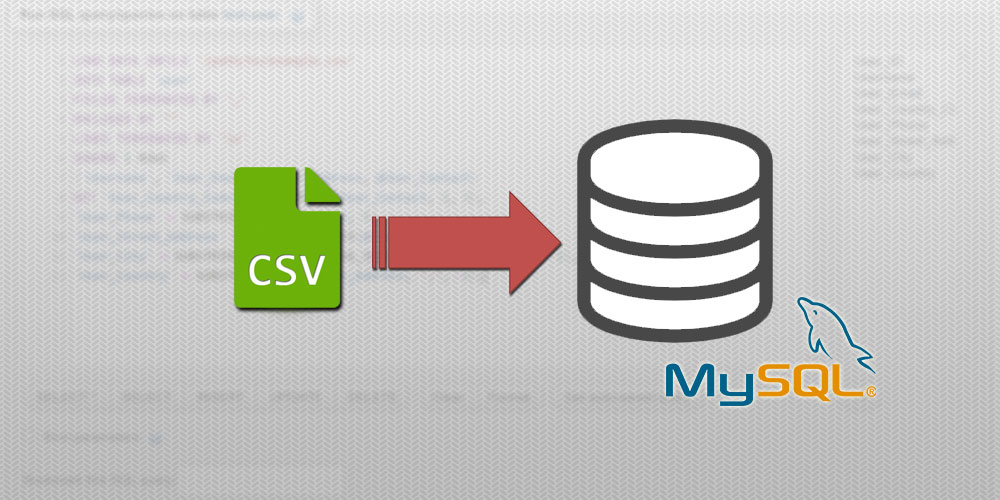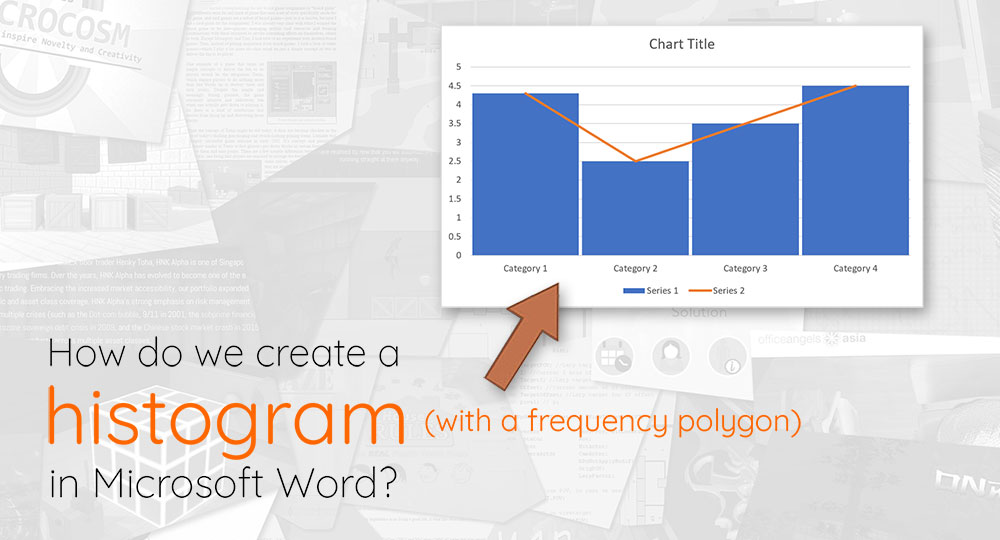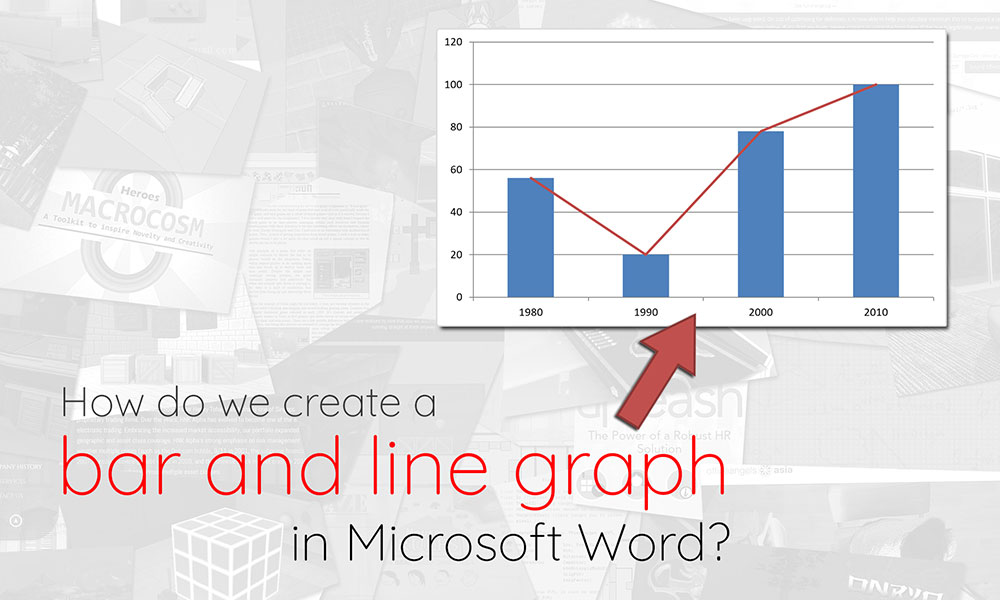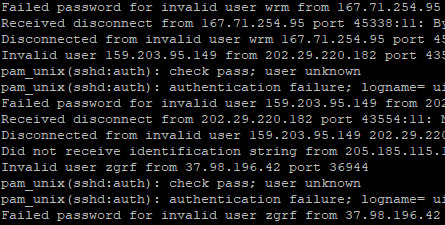CSV stands for Comma-Separated Values, and CSV files are text files that look something like this:
example.csv
Username,Email,Address,Contact johndoe,john@example.com,"71 Pickering Street, Singapore, Singapore",+65-91234567 janedoe,jane@website.com,"24 Raffles Lane, Singapore, Singapore",+65-81234567 marysmith,mary@smith.com,"83 Riveting Road, Singapore, Singapore",+65-97654321 bobsmith,bob@smith.com,"84 Riveting Road, Singapore, Singapore",+65-87654321
Essentially, the CSV file format is meant to represent tabular data. The above CSV file represents the following table:
| Username | Address | Contact | |
|---|---|---|---|
| johndoe | john@example.com | 71 Pickering Street, Singapore, Singapore | +65-91234567 |
| janedoe | jane@website.com | 24 Raffles Lane, Singapore, Singapore | +65-81234567 |
| marysmith | mary@smith.com | 83 Riveting Road, Singapore, Singapore | +65-97654321 |
| bobsmith | bob@smith.com | 84 Riveting Road, Singapore, Singapore | +65-87654321 |
Due to their tabular nature, data in a CSV file can very easily be imported into and stored in an SQL table. The commands to do that, however, are not very well-documented online.
If a CSV file does not open as a text file on your computer, that’s because your computer is opening the file with a spreadsheet program such as Microsoft Excel. In such a case, to see the file as text, you will want to open these files on a text editing software such as Notepad.
Continue reading









